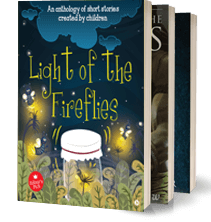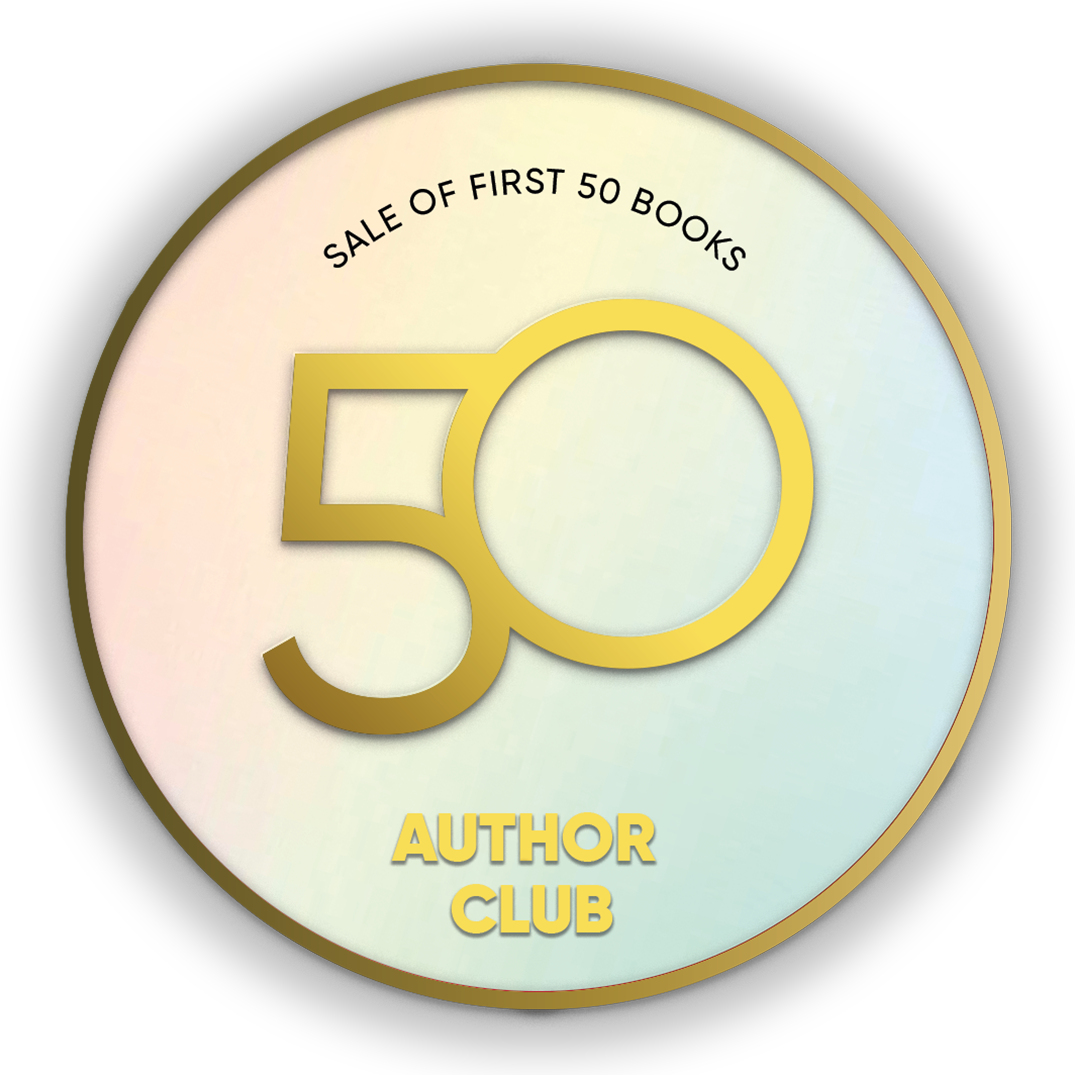ISAVASYA UPANISHAD
Books by RAJ BHAMBU
Isavasya Upanishad is 40th and last chapter of Yajurveda and is considered the first Upanishad. Though it is the smallest Upanishad with only 18 slokas, yet it contains the essence of the Vedic philosophy and spiritual wisdom. It remains one of the most profound spiritual as well as religious teaching and is spiritually very useful for every human being, irrespective of his/her faith/religion.
The first sloka of this Upanish
ISAVASYA UPANISHAD
Books by RAJ BHAMBU
Isavasya Upanishad is 40th and last chapter of Yajurveda and is considered the first Upanishad. Though it is the smallest Upanishad with only 18 slokas, yet it contains the essence of the Vedic philosophy and spiritual wisdom. It remains one of the most profound spiritual as well as religious teaching and is spiritually very useful for every human being, irrespective of his/her faith/religion.
The first sloka of this Upanish
Teachings of The Ribhu Geeta
Books by Raj Bhambu
There are very few sacred texts which impact us to the innermost core of our soul. The Ribhu Geeta promises to be one such texts for every spiritual seeker. Maharishi Ramana recommended reading it daily,even if one doesn’t understand it in the beginning.
In Ribhu Geeta, sage Ribhu (son of Lord Brahma) expounds, elaborates and explains the timeless teaching of Self-knowledge (Atma-Vidya), which was conferred on him by the Almighty Shiva. It
Shiva Jnana
Books by Raj & Anshu
‘Shiva Jnana’ is based on 146 slokas of the sixth Adhyaya of the Sri Shiva Rahasyam, which are attributed directly to Bhagwan Shiva. It is neither exact translation nor transliteration of those slokas but the essence of what Lord Shiva taught in those slokas.
The Almighty Shiva has succinctly described the creation of the universe, the Brahman, the consciousness, the Self, apparent duality and the reasons thereof, role and imp
Work-Life Mantras
Books by Raj Bhambu Anshu Choudhary
‘Work-Life Mantras’ is an empowering resource for those seeking personal and professional growth in life.
It helps in improving inner peace, work-life balance, satisfaction and your work-place productivity and thereby success in your work life, by offering practical wisdom, relatable anecdotes and actionable strategies.
Through this book, the authors aim to see you spending quality time at your work-place instead of
You @ Your Best
Books by Raj & Anshu
We all are part of the great cosmic drama of life and each one of us has a role to play in this cosmic drama. We can’t control the cosmic drama because it is unfolding itself every day in completely unpredictable ways. Yet, we all wish and attempt to be the best in each role that we are playing. There is a difference between ‘being the best’ and ‘being at our best’. While ‘being the best’ is comparing ourselves with ot
and we worked Happily ever after
Books by Raj & Anshu
“There is no path to happiness, Happiness is the path.” Buddha. What makes us happy in our work-life? It is a question that each one of us want to find right answer for. Our happiness in work-life depends on how consciously aware we are and how we use our conscious awareness of work life to bring inner peace, harmony and happiness. ‘and we worked Happily ever after’ takes us through a series of steps towards being consciously aware in our work life
























